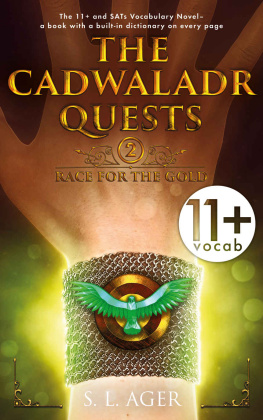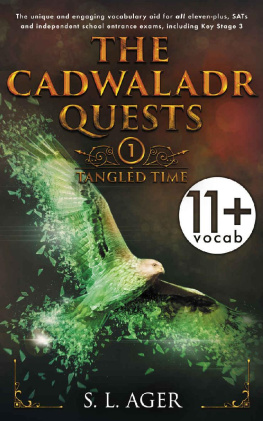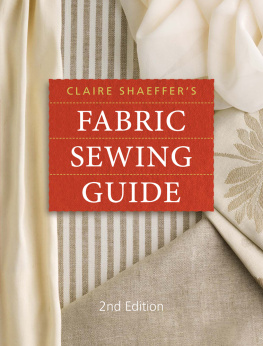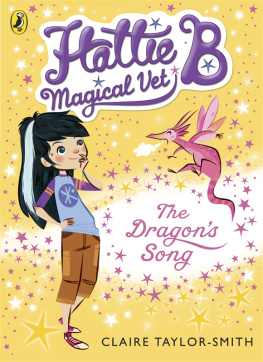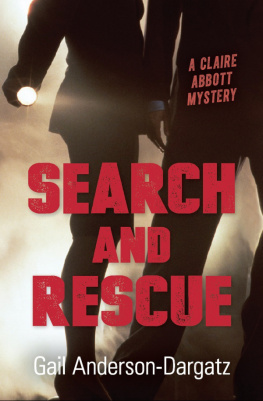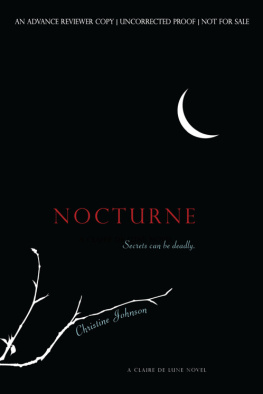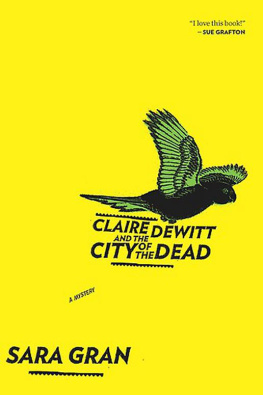The Cadwaladr Quests
Book 2: Race For The Gold
S. L. Ager
Contents
Preface
This book is the second in the 11+ vocabulary novel series The Cadwaladr Quests.
I wrote the first whilst helping my children pass the 11+ and SATs. I aimed to make learning difficult vocabulary easier by including and defining it on the pages of an original and exciting book of fiction.
My daughter was an avid reader, so vocabulary came more naturally to her. My son was the opposite, a reluctant reader. For him, learning vocabulary was dull, especially when set within classic texts.
Many of the words included in this book come from the practice materials we amassed while working towards the 11+ exams and SATs in primary school, as well as Key Stage 3. We worked with both GL and CEM materials.
Of course, no published aids can guarantee that their material will appear on any exam paper, and neither can I. However, considering The Cadwaladr Quests: Race for the Gold contains almost 2,000 word definitions and hundreds of corresponding synonyms and antonyms (in a fun story for girls and boys), what does any parent or young reader have to lose?
I hope you enjoy Claire and Bens gripping journey in the second book of The Cadwaladr Quests, but moreover, I hope it helps you and your children with any challenging vocabulary exams they are facing.
How to Use This Book
Treat this book like any other, read it and enjoy it. Its uniqueness is the contextualised, built-in dictionary on every page.
This story has been specially written to help young readers prepare for their 11+, SATs and entrance exams, as well as Key Stage 3. It includes difficult vocabulary embedded in a fun narrative that provides context for the new words and makes them easier to learn and understand.
On every page, key words are in bold, and each has a correlating footnote with a concise definition. The words are defined using the context in which they appear in the text, and definitions are as child-friendly as possible. Chosen key words are defined only once, when they first appear in the story.
Synonyms and antonyms are also provided, although some words do not have antonyms if they do not exist. This book does not aim to replace a dictionary or purport to be one, but dictionaries have been used to check the credibility of each definition.
PS: There are a few Welsh words in the story. To learn how to pronounce them, please visit
slager.co.uk/welsh-words
How to Navigate this eBook
On every page, key words are in bold, and each has a correlating footnote with a concise definition.
To access the footnote, tap the small number that follows the key word, and a window containing the words definition will appear at the bottom of the screen.
To close the pop-up, either tap the number again, or tap the X symbol in the top right corner of the pop-up window.
If you would like to browse the key words associated with a chapter, click on the Go to Footnotes link at the bottom of any pop-up window: this will take you to the relevant part of the Notes section, located towards the end of the book. To return to your original location in the story, tap the same footnote number in the Notes section. To simply read all the collected footnotes from the book, please visit the Notes section from the Contents page.
Top Tips
- You may find it beneficial to read this book for the first time with an adult, but you and your parents can decide.
- The definitions are included for convenience and to guide the learning, not as a definitive must learn list.
- Chosen key words are defined only once, when they first appear in the story.
- To make learning difficult words easier, try to associate the words with the relevant scene in the book and to picture their meanings.
- Chapter lengths vary, so do not necessarily aim to finish a chapter in each sitting.
- Some pages have more definitions than others to fit in with the storytelling.
- The definitions decrease in the final chapters, enabling the reader to enjoy the ending with minimal interruption to the story.
- Read the book as often as is needed, and continue to use its vast resource of definitions, synonyms and antonyms to reinforce learning.
- The best way to learn new words is to read as widely and with as much variety as possible. Every book is a world of adventure waiting for you to turn to the first page. I hope my books help in this journey of discovery and learning.
Key to Abbreviations of Word Type
(v) verb
(n) noun
(adj) adjective
(adv) adverb
(prep) preposition
(con) conjunction
(int) interjection
(s) synonym
(ant) antonym


The Story So Far
Yesterday, schoolgirl Claire Cadwalladers world changed forever. Her friend Gladys vanished, leaving a mysterious letter saying Claires sister was in danger and she must catch a train to Bangor to help rescue her. Claire set off, taking Gladyss dog, Jack, with her. Gladyss sister, Anwen, was on the train, and on arrival in Bangor, they left in a pony and trap driven by a mysterious man called Gwilym.
Their journey was hazardous Welsh version of her name Cadwaladr.
Gwilym told Claire of the Gwalch Gem bracelets magical powers, which come from the coupling.
Claire also learned the tragic the gem, Dewi, who now calls himself the Master, used it to bestow longevity and evil powers on his followers the Mal-Instinctives.
After searching for years, Gwilym recovered the bracelet, locking it away in a magical glass case in a Manchester museum, where he vowed to keep it forever.
Rebecca, Claires sister, visited that same museum on a school trip and was drugged by Josh Drane, a Mal-Instinctive bent on helping the Master steal the gem.
On arrival at the museum, Claire was surprised to discover the museums curator, Robert Evans, is a man she saw on her train journey, a man who, she later learned, is also a Knight Hawk.
Evans and Gwilym set out to protect the Cutter, the only object capable.
The Master attacked the glass case with the Cutter, but it did not yield-driven car.
Claire was left alone to help Rebecca in the museum. She discovered she could hear Josh Dranes thoughts and, seeing her sister in danger, attacked Drane, saving her.
Horrified, Claire saw the glass case appeared ruined. Astonished of tragic events to come.
Gwilym entered the museum, posing as a police officer, and arrested her life-changing day but said little about it. Claire told Jayne shed left her school bag in the museum.
Once home, she was relieved to be reunited visit.
Claire had unanswered questions, so she visited Gladys and Jack. When Claire asked the whereabouts. Claire surprised Gladys by telling her Robert Evans had been on the Bangor train.
While Claire slept at home, Evans reached Via-Corp in his quest to deliver his half of the Cutter to its recipient.
Claire was woken in the early hours of Saturday by a horrific of worse things to come. Claire told Gladys of her fears.

